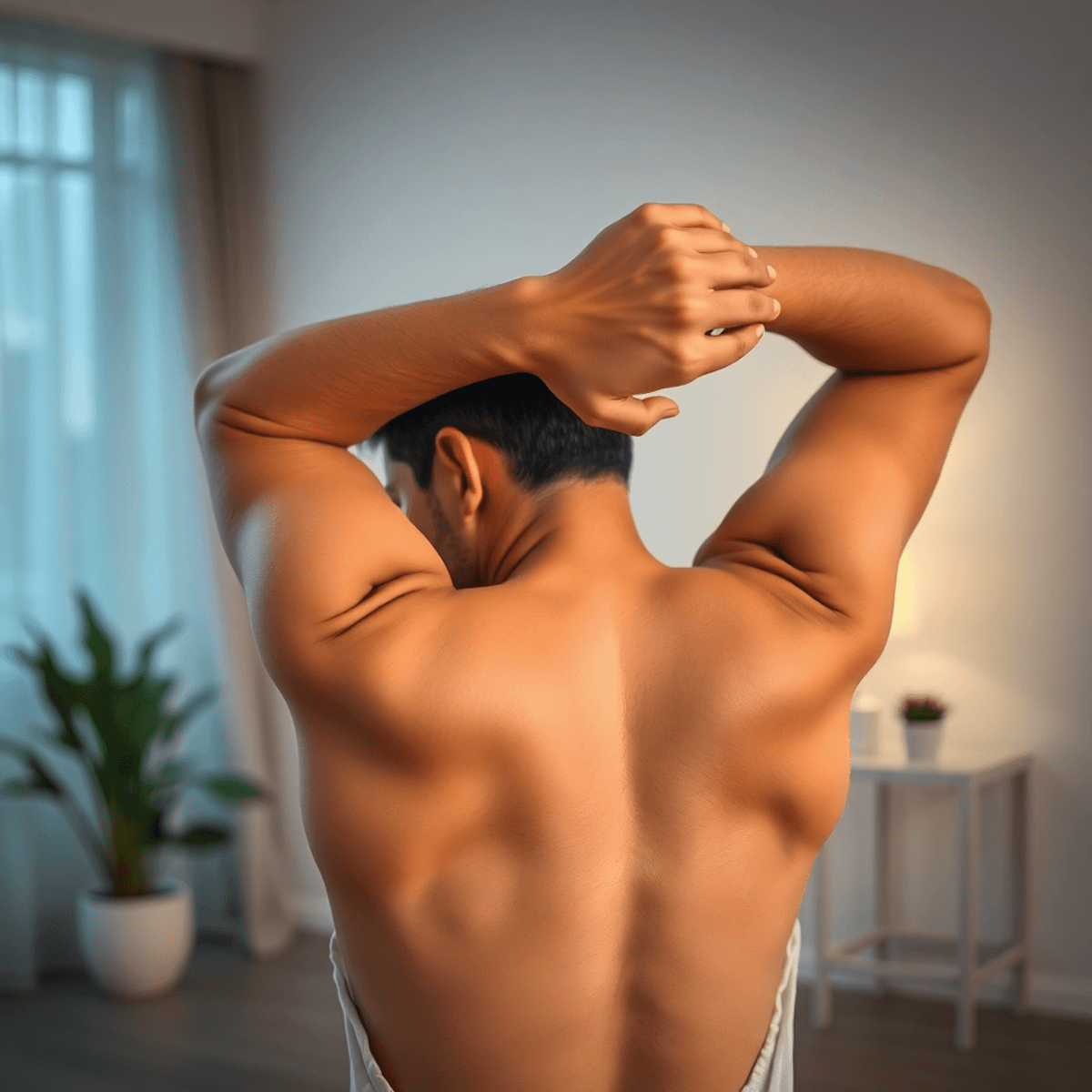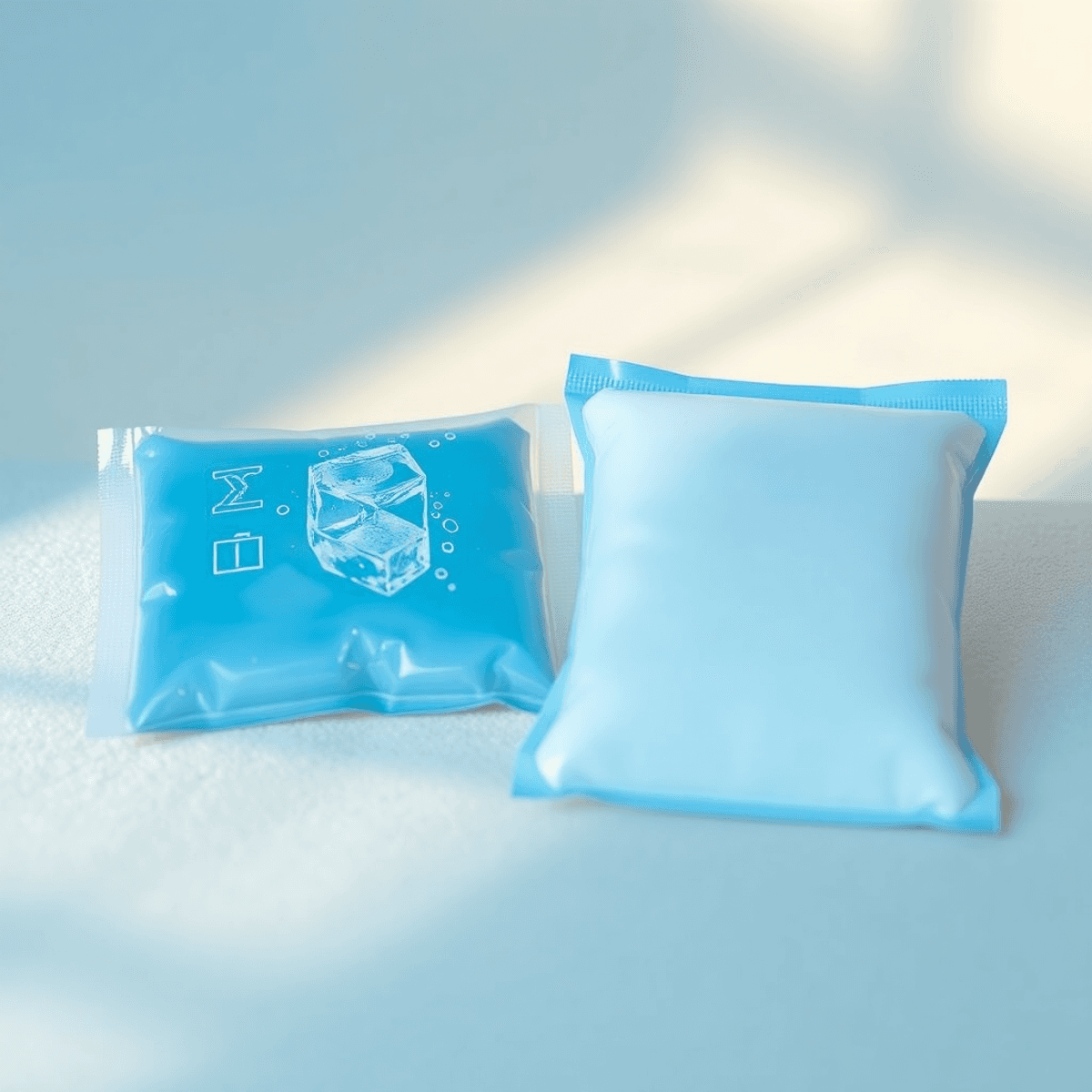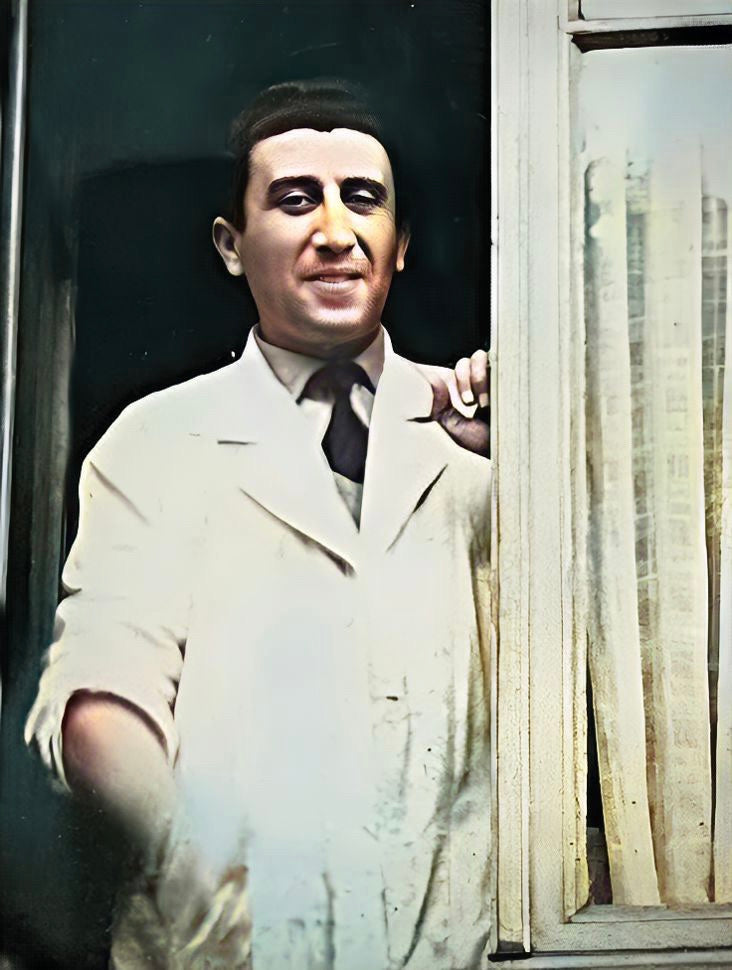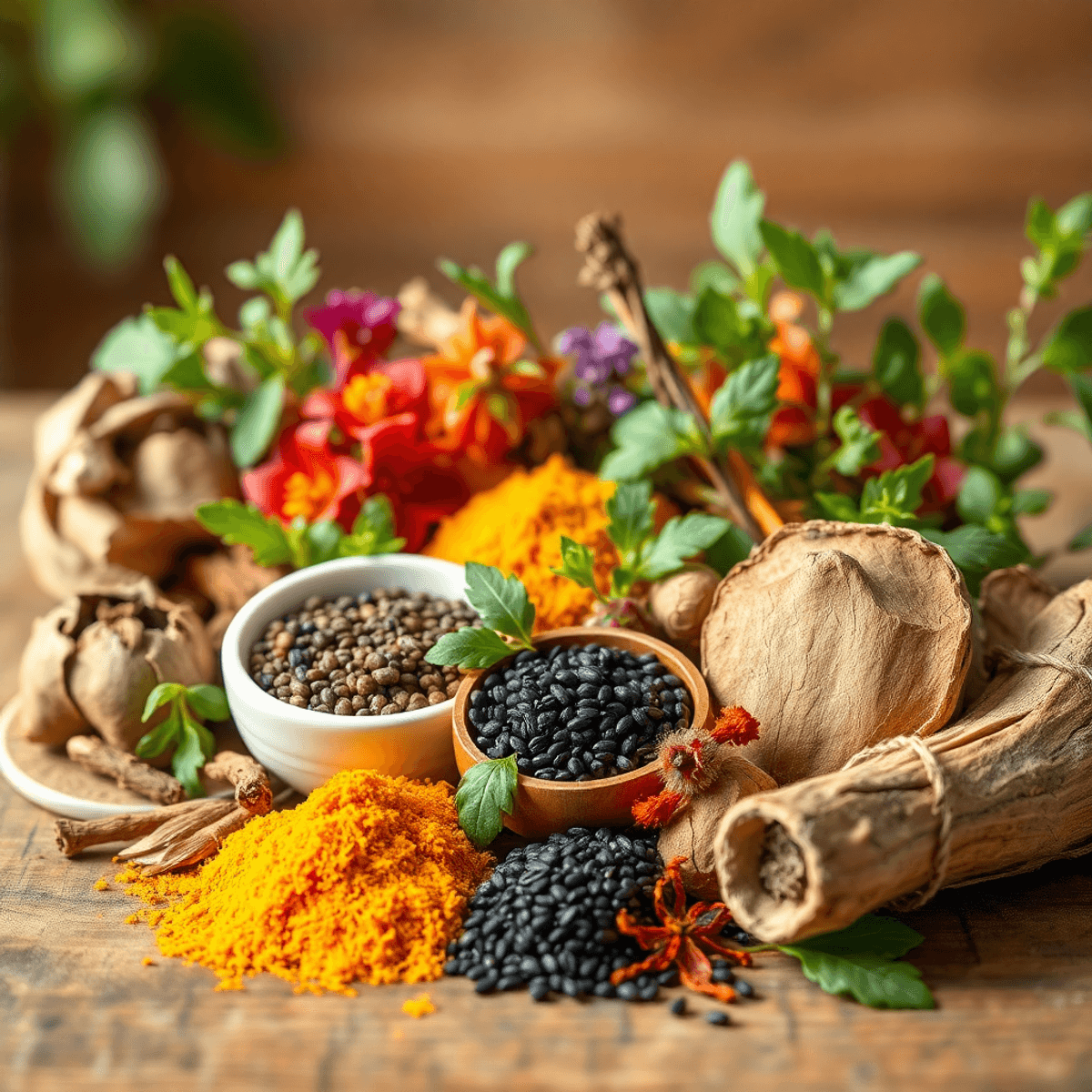Knee Pain Management: Tips and Tricks for Everyday Relief

Introduction
Knee pain is a common complaint that affects people of all ages and activity levels. Whether it's due to an injury, arthritis, or overuse, knee pain can significantly impact your daily life. Research indicates that approximately 25% of adults experience knee pain at some point, making it one of the leading causes of chronic pain and disability.
The importance of effective knee pain treatment and management cannot be overstated. Proper care not only alleviates discomfort but also enhances mobility and prevents further injury. A comprehensive approach to knee pain management includes understanding the underlying causes, implementing immediate relief techniques, and adopting long-term lifestyle changes.
This guide aims to provide you with the best strategies for managing knee pain effectively. From acute injuries to chronic conditions, understanding how to treat your knee pain can greatly improve your quality of life.
Understanding Knee Pain
Understanding knee pain begins with distinguishing between acute and chronic conditions. Acute knee pain typically arises suddenly, often due to an injury or accident. It can manifest as sprains, strains, torn ligaments, or tendon inflammation. On the other hand, chronic knee pain develops gradually and persists over time. It is frequently linked to underlying issues such as arthritis or long-term overuse.
Common Causes
Knee pain can be attributed to several causes:
- Sports Injuries: Athletes are particularly susceptible to knee injuries. Quick movements, high impact, and continuous strain can lead to conditions like torn ligaments or meniscal tears.
- Overuse: Repeated stress on the knee joint without adequate rest can result in chronic pain due to tendonitis or bursitis.
- Injuries: Everyday activities can also cause acute injuries leading to pain and discomfort.
Symptoms of Knee Pain
Different types of knee pain present distinct symptoms:
- Sprains and Strains: Usually involve a sharp pain at the time of injury, followed by swelling and difficulty in movement.
- Torn Ligaments: Often accompanied by a "popping" sensation during the injury, resulting in instability of the knee joint.
- Tendon Inflammation: Characterised by a dull ache that intensifies with activity and eases with rest.
By recognising these symptoms early, you can address knee pain effectively before it worsens. Understanding these distinctions equips you with the knowledge needed for effective management strategies tailored to your specific type of knee pain.
RICE Method for Acute Knee Pain Relief
The RICE method is a widely recommended approach for managing acute knee pain. This acronym stands for Rest, Ice therapy, Compression, and Elevation, each playing a crucial role in alleviating pain and reducing inflammation.
1. Rest
Allow your knee to heal by avoiding activities that put strain on it. Resting prevents further injury and gives your body the time it needs to recover.
2. Ice Therapy
Apply an ice pack to the affected area for 20-minute intervals. This helps to reduce swelling and numb the pain, providing immediate relief. Always remember to wrap the ice pack in a cloth to protect your skin.
3. Compression
Use a bandage or knee brace to apply gentle pressure. This Compression reduces swelling and offers support. Ensure it's snug but not too tight, as overly tight Compression can impede circulation.
4. Elevation
Elevate your knee above heart level whenever possible. This position aids in decreasing swelling by improving blood flow away from the injured area.
Implementing the RICE method promptly can significantly mitigate pain and inflammation, helping you resume normal activities sooner. It's a simple yet effective strategy that many athletes and healthcare professionals swear by for acute injuries.
Exercise and Stretching for Knee Pain Management
Engaging in regular physical activity plays a crucial role in managing knee pain effectively. Not only does it help maintain joint flexibility, but it also strengthens the muscles surrounding the knee, providing better support and reducing stress on the joint itself. When considering exercise for knee pain, it's essential to choose movements that are gentle yet effective.
Recommended Exercises and Stretches
1. Straight Leg Raises
- Lie flat on your back.
- Bend one knee while keeping the other leg straight.
- Lift the straight leg to the height of your bent knee.
- Hold for a few seconds, then lower slowly.
2. Hamstring Curls
- Stand and hold onto a chair for balance.
- Slowly lift one foot behind you, bringing your heel towards your buttocks.
- Hold for a few seconds and release.
3. Wall Sits
- Stand with your back against a wall.
- Slide down into a sitting position, ensuring your knees do not extend beyond your toes.
- Hold this position for 10-15 seconds before standing up again.
4. Calf Stretch
- Stand facing a wall with one foot forward and one back.
- Keeping both heels on the floor, lean towards the wall until you feel a stretch in your calf.
5. Quadriceps Stretch
- Stand on one leg while holding onto something sturdy for balance.
- Pull your opposite heel towards your buttocks until you feel a stretch in the front of your thigh.
These stretching exercises not only alleviate stiffness but also improve overall flexibility, which is crucial for those dealing with knee issues. The best guide to knee pain treatment and management includes incorporating these simple yet effective exercises into your routine, making them an integral part of daily life.
Hot and Cold Therapy Techniques for Knee Pain Relief
Hot therapy and cold therapy are two widely used techniques for managing knee pain, each offering distinct benefits depending on the nature of your symptoms.
Benefits of Hot and Cold Treatments
- Cold Therapy (Cryotherapy): Ideal for acute injuries, cold therapy helps reduce swelling and numb sharp pain. By constricting blood vessels, it decreases inflammation and slows down nerve activity, providing immediate relief. Applying ice packs or cold compresses can be particularly effective in the first 48 hours post-injury.
- Hot Therapy (Thermotherapy): Heat enhances circulation and delivers nutrients to damaged tissues, promoting healing. It's beneficial for chronic pain or stiffness as it relaxes muscles and joints, improving flexibility. Using heating pads or warm baths can soothe discomfort and reduce muscle tension.
When to Use Heat vs. Cold Therapy
- Acute Pain: If your knee pain is due to a recent injury such as a sprain or strain, cold therapy is recommended. Apply an ice pack wrapped in a cloth for 15-20 minutes every couple of hours to help alleviate swelling and numb the area.
- Chronic Pain: For long-standing knee pain or stiffness without active swelling, hot therapy is more suitable. Apply a warm compress or take a warm bath for around 15-20 minutes to loosen tight muscles and facilitate movement.
Understanding when to use each type of therapy can significantly aid in managing knee pain effectively. Employing the right technique based on whether your pain is acute or chronic ensures you get the best possible results from these treatments.
Home Remedies for Knee Pain Relief: Exploring Natural Solutions
Exploring natural solutions for knee pain relief can provide comfort and ease without the need for pharmaceutical interventions. Here are some popular home remedies for knee pain relief:
1. Herbal Solutions
- Turmeric: Known for its anti-inflammatory properties, turmeric can be consumed as a supplement or added to meals.
- Ginger: Another powerful anti-inflammatory herb, ginger tea or extract can help reduce swelling and pain.
- Boswellia: Often used in traditional medicine, Boswellia supplements may aid in reducing inflammation.
2. Topical Applications
- Eucalyptus Oil: Applying eucalyptus oil with a carrier oil on the knee may offer soothing benefits.
- Capsaicin Cream: Derived from chilli peppers, this cream can provide temporary relief by reducing substance P, a pain transmitter in the body.
- Arnica Gel: Used for its ability to reduce bruising and swelling, arnica gel can be gently massaged into the affected area.
Incorporating these remedies may enhance your knee pain management routine, offering a holistic approach to relief.
1936 Original Pain Relief Cream: A Natural Alternative for Knee Pain Management
The 1936 Original Pain Relief Cream offers a natural way to deal with knee pain, focusing on reducing inflammation and discomfort with its plant-based formula. This cream is known for its combination of essential oils and herbal extracts, created to penetrate deeply into the skin and provide soothing relief.
Key benefits of using 1936 Original Cream include:
- Natural Ingredients: Using a mix of proven botanicals that aim to reduce inflammation without the side effects often linked to traditional medications.
- Targeted Application: By applying directly to the affected area, you can experience localised relief, helping manage discomfort from conditions such as tendon inflammation or sprains.
- Complementary Treatment: Suitable for those looking for an alternative or complementary option alongside standard treatments like NSAIDs.
For those looking at The Best Guide to Knee Pain Treatment and Management, this cream positions itself as a viable choice for individuals prioritising natural solutions in their pain management routine.
When to Seek Medical Help for Knee Pain
Experiencing knee pain can be common, but there are certain signs indicating it's time to see a doctor for knee pain. Persistent pain that does not improve with self-care measures like rest and over-the-counter medications should prompt a professional evaluation. Swelling that remains or worsens is another red flag.
Other symptoms include:
- Inability to bear weight on the affected leg
- Visible deformity in the knee joint
- Limited range of motion
- Redness and warmth around the joint
Recognising these symptoms early ensures timely intervention and prevents potential complications.
Conclusion
Finding effective treatments for knee pain involves a combination of different methods. Using techniques like the RICE method, regular exercise, stretching exercises, and hot/cold therapy can greatly reduce discomfort. Adding natural remedies such as the 1936 Original Pain Relief Cream along with traditional treatments like Voltaren offers extra help in controlling inflammation and pain. This all-encompassing approach guarantees a complete way to find relief. For those looking for The Best Guide to Knee Pain Treatment and Management, using these methods together can result in better everyday comfort and movement.
FAQs
What are the common causes of knee pain?
Knee pain can be attributed to several causes, including sports injuries, arthritis, ligament tears, and overuse. Understanding the underlying cause is essential for effective management.
What is the RICE method for managing acute knee pain?
The RICE method consists of four steps: Rest (avoid activities that strain the knee), Ice Therapy (apply an ice pack for 20-minute intervals), Compression (use a bandage or knee brace for gentle pressure), and Elevation (keep your knee elevated above heart level).
What exercises are recommended for knee pain management?
Recommended exercises include Straight Leg Raises, Hamstring Curls, Wall Sits, Calf Stretches, and Quadriceps Stretches. These exercises help strengthen the muscles around the knee and improve flexibility.
When should I use heat therapy versus cold therapy for knee pain?
Cold therapy is ideal for acute injuries to reduce swelling and numb pain, while heat therapy is beneficial for chronic pain or stiffness to relax muscles and improve blood flow. Assess your symptoms to determine which method to use.
Are there natural remedies for relieving knee pain?
Yes, natural remedies include herbal solutions like turmeric for its anti-inflammatory properties and topical applications such as eucalyptus oil mixed with a carrier oil. These can provide relief without the side effects of pharmaceuticals.
When should I seek medical help for my knee pain?
You should seek medical help if you experience severe pain, swelling that doesn't improve with home treatment, inability to bear weight on the affected leg, or if your symptoms persist despite self-care measures.












